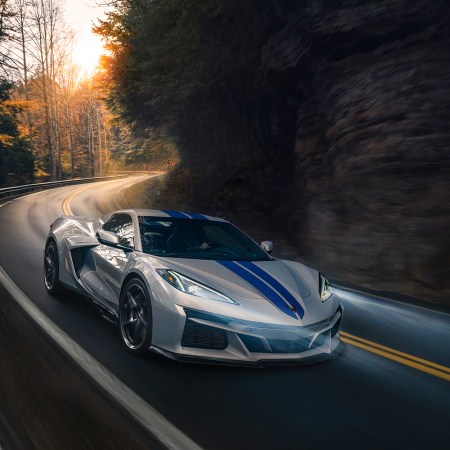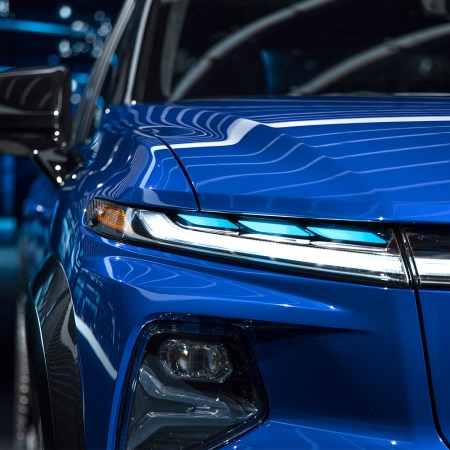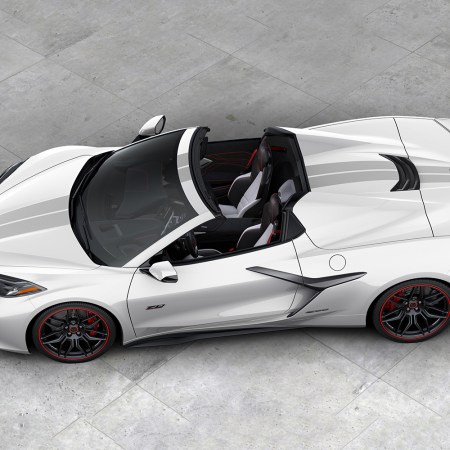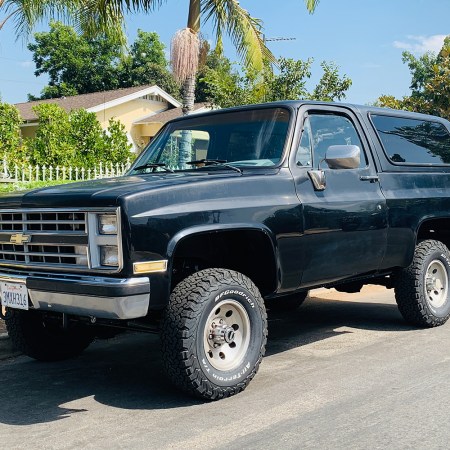My first car was a mint-green 1983 Pontiac Grand Prix sedan. It had a gutsy V-6 engine. It was boxy as hell. It was the kind of thing a kindergartner of the 1980s would draw if asked to draw “a car.” It had spoked hubcaps and a menacing grille consisting of two convex rectangles framed in chrome and topped by a badass-looking hood ornament with the letters “GP” sprouting wings. I would spend weekend afternoons shop-vacuuming its seats and Armor-All-ing its tires. For my 17th birthday, I asked my mother for a set of Dunlop G/T Qualifier tires for it, and when she obliged, I parked that car in the driveways of all my friends’ houses to show them off.
As a kid who grew up stranded in a subdivision, the Grand Prix meant everything to me. It transported me to the music clubs and record stores near the university; it spirited me away to high-school parties held at construction sites for new subdivisions, parties with all the crushed beer cans, make-out sessions, THC and occasional fist-fights as the party scene in the 1993 film, Dazed and Confused. Afterward, I would sometimes park the car at my father’s apartment complex, listening to Power, Corruption & Lies or The Dark Side of the Moon on the stereo, falling asleep in its plush velour seats. Unlike the thrifty Escorts and Chevettes, the sporty Camaros and the Ford EXPs my friends were driving, the Grand Prix had an almost paternal quality about it. It was the kind of American sedan your father would drive. And man, did I love it.
As I grew older, my love of sedans continued, though I wasn’t exactly patriotic when it came to who made them. When my wealthy stepfather offered to buy me a brand-new car for college graduation, I chose a 1993 hunter-green Toyota Camry, an odd choice for a 22-year-old Gen-Xer. I remember driving a very cool girl to a very cool show one night and her asking me, “So, dude, if your stepfather offered to buy you a new car, why didn’t you get something cool? Like a Cherokee or a 4Runner?”
“I don’t know,” I told her. “I just like sedans.” I still do. But given the news I’ve been reading lately, I worry they might not be around for much longer.
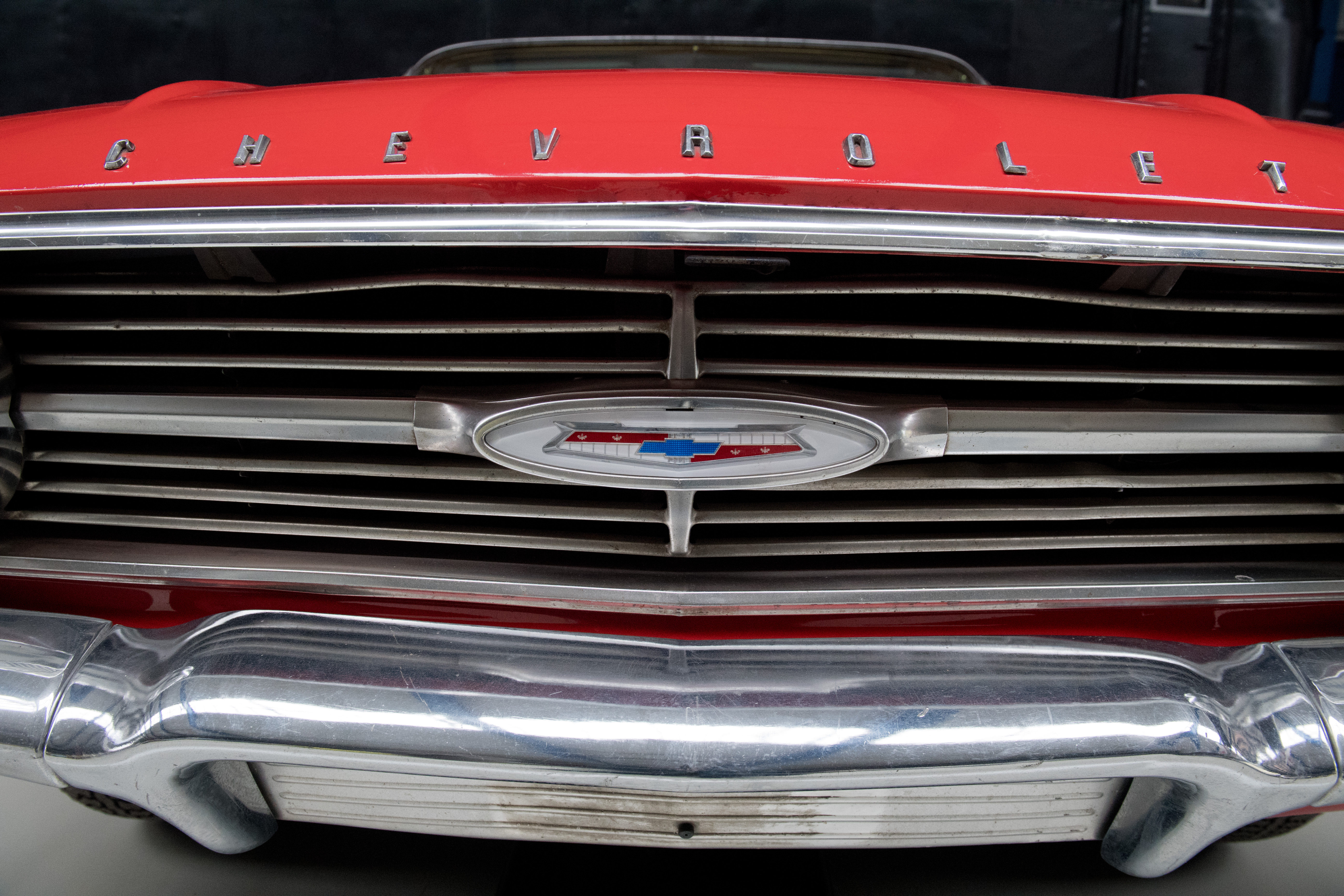
I have written about my love of sedans before. Three years ago, I penned an ode to my father’s old Buick LeSabre in the New York Times Magazine. But since then, I’ve realized that it’s not just Buicks I love, but all sedans. The other day an Uber driver picked me up in an old beige-colored Lincoln Continental and I just about drove her nuts gushing over how much I loved the smooth ride, its simple controls, and the wide, perfectly rectangular seats worthy of first-class.
But now those sedans are disappearing. Earlier this year, the Big-Three American auto manufacturers announced they were discontinuing production of almost their entire lineup of sedans. Ford is killing the Taurus, the Fusion and the smaller Focus. Chrysler is discontinuing the mighty 300 series and General Motors is bidding farewell to its Volt, Cruze, Cadillac CT6 and XTS, Buick LaCrosse and the Impala, a nameplate that dates back to the 1950s.
“I think it’s short-sighted, and I think it’s stupid,” says Tom Voelk, an auto writer for the New York Times. Voelk, by the way, is a hero of mine. I find his Driven auto reviews on YouTube to be the equivalent of a yoga class or smooth bourbon. In them, he takes to the road of his Seattle neighborhood, like a classic suburban dad out for a Sunday drive, in cars that are luxurious or workaday. He says, not surprisingly, that the decision to kill the sedan is being driven (no pun intended) by stockholders, instead of actual consumers. “It’s true that 60 percent of all vehicles sold now are SUVs and crossovers,” Voelk says. “But American automakers are being dictated by shareholders, who say they are spending too much money on sedans … and since they have to grab every one percent of the market’s share, they are scratching and clawing for whatever they can get. So even though crossovers are built on the same chassis as sedans, they won’t go the extra mile to put a different kind of top on it.”
It’s not just American sedans that are fading away. Toyota’s RAV4 crossover far outsells the once ubiquitous Camry. And Honda recently suspended two shifts on its Accord production line in Marysville, Ohio, due to declining sales, and is trying to make up for it with increased production of its Passport SUV.
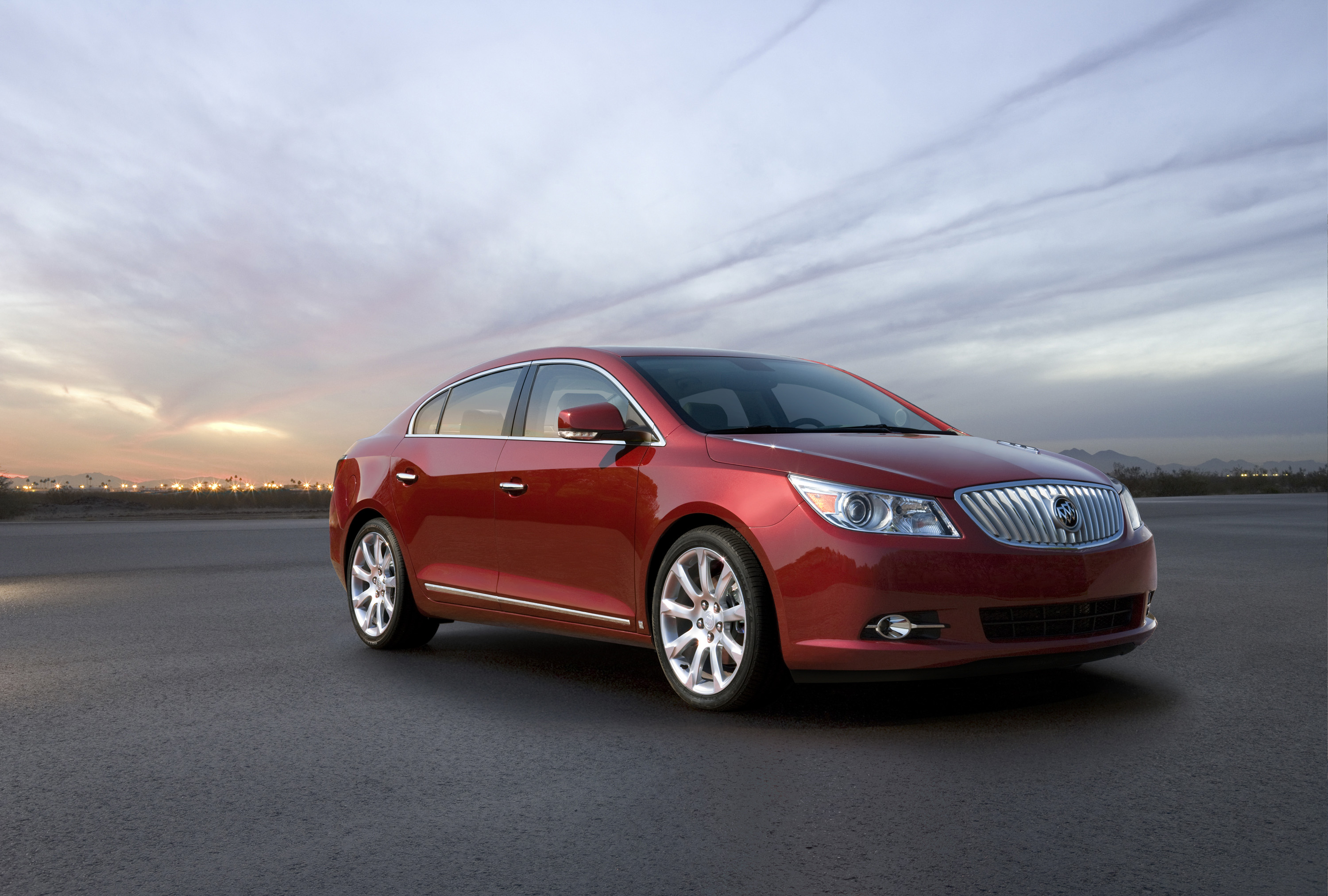
Two years ago, I fell in love with a 2018 Chevy Impala. It was midnight blue with sophisticated red taillights that reminded me of the ones I used to watch speeding toward Westchester County during rush hour on the FDR as the Q train I rode home to Brooklyn crossed over the Manhattan Bridge. I envied the people in those cars, heading home to their comfy lives in their normal bedroom communities, eating practical meals and going to bed at practical hours.
The Impala in question was usually parked around the corner from my apartment. I would walk my dog by it in the mornings, gazing at it like a field naturalist would gaze at a wildflower. (It looked particularly lovely with its blue paint glistening with an added coat of morning dew.) That car promised me something — something that was both comforting and dangerous at the same time.
It looked like the kind of car John Updike’s Rabbit Angstrom would’ve used to make his famous run, or the kind of car in which Don Draper would’ve ghosted New York in lieu of his blue Cadillac for Los Angeles. Given that I’m not looking to abandon my family or my life anytime soon, it also looked like the kind of car I’d be happy spending time in in a snowy parking lot, waiting for my daughter to finish up her dance lessons on a cold winter’s night as I streamed a little Duke Ellington, or the kind of car I’d sit in, tapping my fingers on the steering wheel, while waiting for my wife, Amy, to finish work and head down from her high-rise so we could be on our way to dinner. I couldn’t imagine these moments taking place inside a RAV4 or a Hyundai Santa Fe. For me, they had to happen in the comfort of a sure-footed sedan like the Impala.
I knew we were moving to Cincinnati in a few months, and so I decided to buy one. Sure, even though I’m almost 50-years-old, the idea of buying an American sedan seemed a little impractical; a little bit uncool. Why not just go for a Honda or a Subaru Outback, a Toyota RAV4 or whichever car people who try to hold on to a tiny bit of coolness and cache buy? But I hesitated. If American car manufacturers were giving up on sedans, shouldn’t I give up on them, too?
Amy and I already had one car — a 2013 Ford Escape that we bought at a discount from a Ford-dealing friend of my father-in-law. As Voelk explains, like most crossovers, it is built on a sedan chassis; in this case, a Ford Focus. But before we signed the lease, I asked Amy to test-drive a Ford Fusion. I loved it. She said it was a dad car, and, thus, we got the Escape.
It’s a fine car, but it’s also an unrefined one. The dashboard looks like a mini component stereo system from the nineties, piled high with a touchscreen and controls that are anything but intuitive. It’s jammed between the dashboard and a claustrophobic glove compartment area. And even though Voelk’s recent review of the 2020 version claims Ford’s made vast improvements over the past seven years, one thing’s for sure: Don Draper wouldn’t be caught dead in a Ford Escape. And ever since we bought it, I’ve made Amy promise to let me get an Impala as a second car.
“I mean, the Impala is a very good car,” Voelk assures me. “They say it’s even more reliable than a Honda or a Toyota.” But it was too late. As soon as we moved this past May, we bought a 2018 Subaru Legacy sedan, instead. My reasons were simple. The Legacy had great safety ratings (a must when we’re towing our four-year-old daughter around town). The Legacy had better customer satisfaction ratings and better resale value, and, most importantly, the Legacy wasn’t being abandoned anytime soon by the company that makes it.
But even though I love the Legacy, I still watch with envy every time an Impala or a LaCrosse, a Fusion or a CTX goes by. And when it comes time to trade in the Escape, I might just ask Amy if we can get one of those cars, of course it will have to be used. “Buy what makes you happy,” Voelk says. “Life is short, buy what you really want.”
This article was featured in the InsideHook newsletter. Sign up now.

